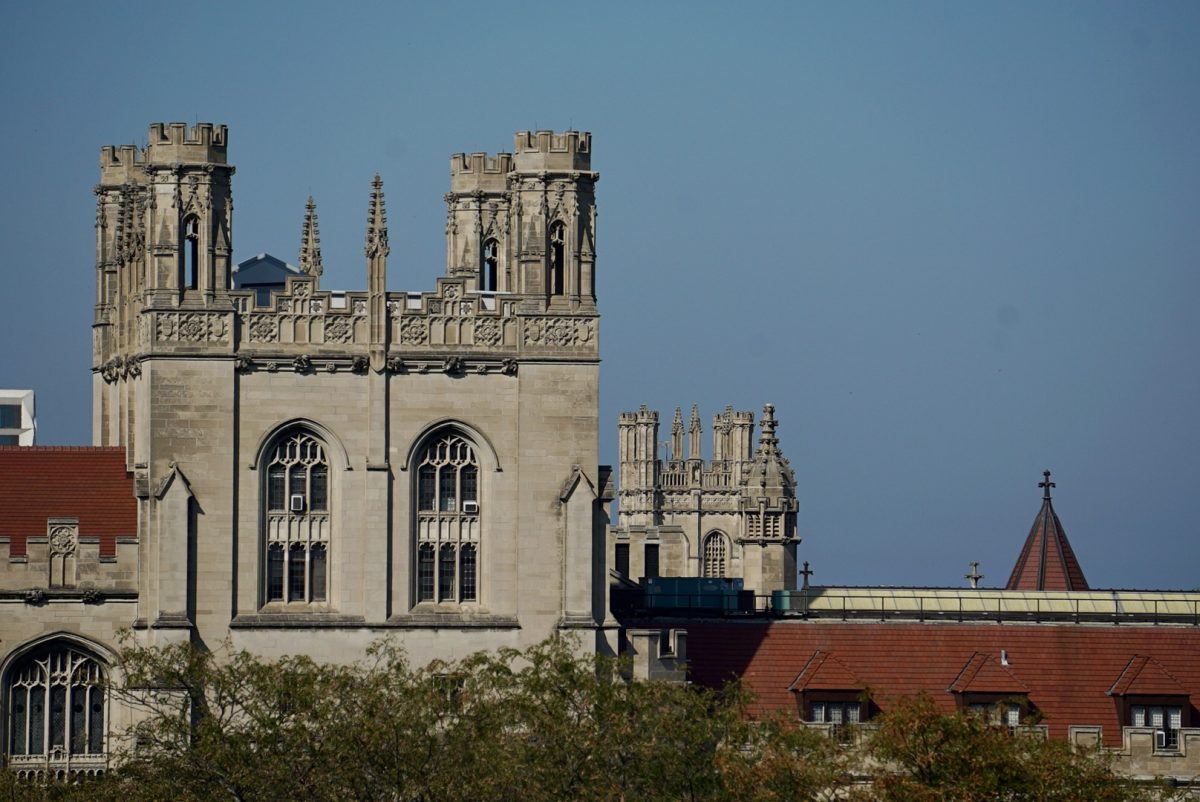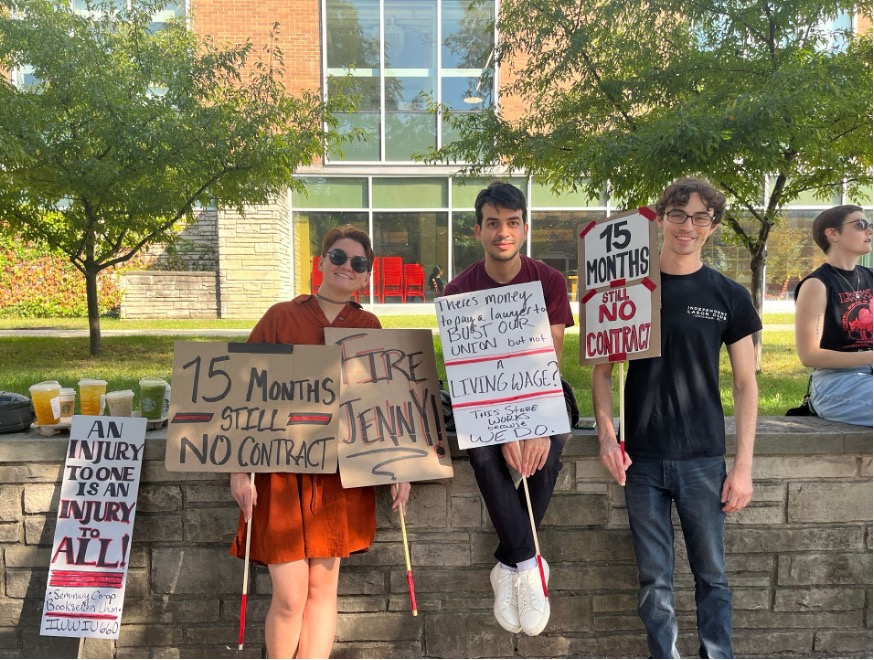Parents will soon be able to prepay their children’s college tuition and lock in lower rates through a new program sponsored by 223 private universities nationwide, including the University of Chicago.
The program uses independent 529 plans, named after the IRS codes that allow them. They have gained popularity in recent years, developing first as programs aimed at saving money for students in public universities. Now, for the first time, a plan has been created specifically to deal with private universities.
Under the independent 529 plan, parents can purchase five years of tuition for the University of Chicago. With tuition at $29,238 in 2003, that amounts to $146,190 total. All earnings on the money are tax-free under current laws, provided that they are used for educational purposes.
Participating universities see the program as a sound investment. By having the money up front, universities figure that TIAA-CREF, the financial-services organization that has been slated to manage the funds, will be able to bring in a greater income for the universities. This will offset the costs of individual students whose tuitions often bleed money out of the larger budget.
University administrators view the new plan as a tool for conservative investors. Michael Behnke, vice president and dean of College enrollment, emphasized this, noting that tuition rates at the University and other comparable institutions are growing at five percent per year.
Behnke pointed to another factor: name recognition. Many top-notch students do not look at the University, focusing more on applying to schools with greater national name recognition. The University hopes the new program will help to counteract that by allowing earlier access to high school students.
“The success in the admissions office over the past four or five years is a testament to the power of getting our name in front of students early on,” Behnke said. He referred to the program as one more act in its improved outreach campaign, referencing the increase in applicants for admission to the college. In 2003, the University received a record 9,100 applications, up 12 percent from the previous year, the second highest increase in the country.
From an economic standpoint, financial planners generally advise parents to split the cost of college three ways: savings, loans, and tapping into current income. However, according to Behnke, statistics reveal that most parents are not saving nearly enough, instead relying on greater contributions from current income and more loans.
The prepayment plans differ from college savings plans, another type of 529 plan, because they are considered parental assets, which carry a higher tax rate than the college savings plans.
Behnke said that the consortium was lobbying Congress to change the laws so that the two types of 529 plans received equal treatment. This comes after several years of lobbying and negotiation that was needed to change the tax laws in order to accommodate private schools.
To buy into the new plan, certificates are purchased, each representing a percent of tuition. If money is invested when a student enters college, money will go toward a grandfathered rate. For example, if $15,000 was invested for a student before he began school, and the school cost $15,000 at that time, the certificate is valued at one year’s tuition—no matter how much tuition has increased.
Each institution must also offer a tuition discount of at least half of one percent per year for each year that a certificate is held, and each certificate must be held for a minimum of three years.
Paying into the system does not ensure acceptance into participating schools. Should a student with an investment plan decide to not enroll in a participating school, the fund can be rolled over or refunded.








